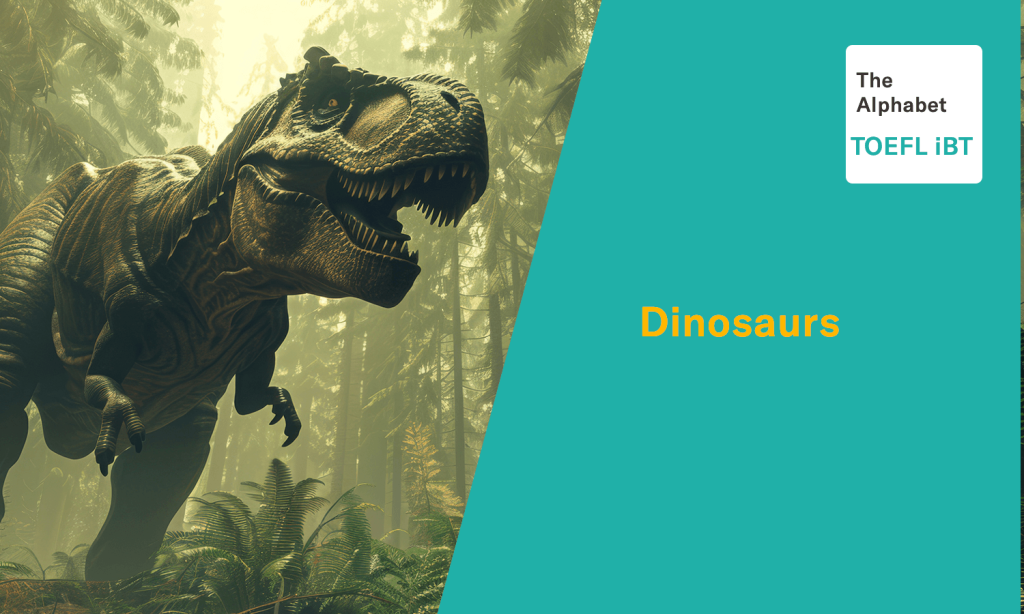Billions of years ago, Earth experienced frequent meteorite bombardments that significantly shaped its surface and possibly influenced the development of life. One such colossal impact, estimated to have occurred around 3.26 billion years ago, is the focus of a recent study led by geologist Nadja Drabon, published in Proceedings of the National Academy of Sciences. This impact, known as the S2 event, left geological traces in South Africa’s Barberton Greenstone Belt and offers new insights into Earth’s ancient conditions.
Drabon, an assistant professor at Harvard University, studies early Earth and aims to answer critical questions about our planet’s formative years. She seeks to understand when oceans, continents, and plate tectonics emerged, as well as how early meteoritic impacts affected the evolution of life. The S2 event provides a key case study in her research. Through the analysis of rock samples, sedimentology, geochemistry, and carbon isotope compositions, her team reconstructs the impact’s effects on Earth’s surface and its life forms.
The S2 meteorite, estimated to have been 200 times larger than the one responsible for the extinction of the dinosaurs, triggered a massive tsunami that altered Earth’s coastal environments. It churned the ocean waters, brought debris from land into shallow areas, and boiled off the upper layers of the ocean. The impact also heated the atmosphere, blanketing Earth in dust, which halted photosynthetic activity. Despite this devastating aftermath, bacteria proved resilient, rebounding soon after the event.
Drabon’s study shows that iron-metabolizing bacteria thrived in the aftermath of the S2 impact. The iron, stirred up from deep ocean waters, along with phosphorus from the meteorite and increased land erosion, fueled bacterial growth. These findings suggest that while meteorite impacts are often seen as catastrophic, they may have provided crucial resources that enabled early life to flourish.
Drabon’s work relies on meticulous geological fieldwork, particularly in the Barberton Greenstone Belt, which holds evidence of at least eight significant meteorite impacts. By studying these ancient events, Drabon and her team hope to uncover more about Earth’s early history and the role meteorites played in shaping life on our planet.




